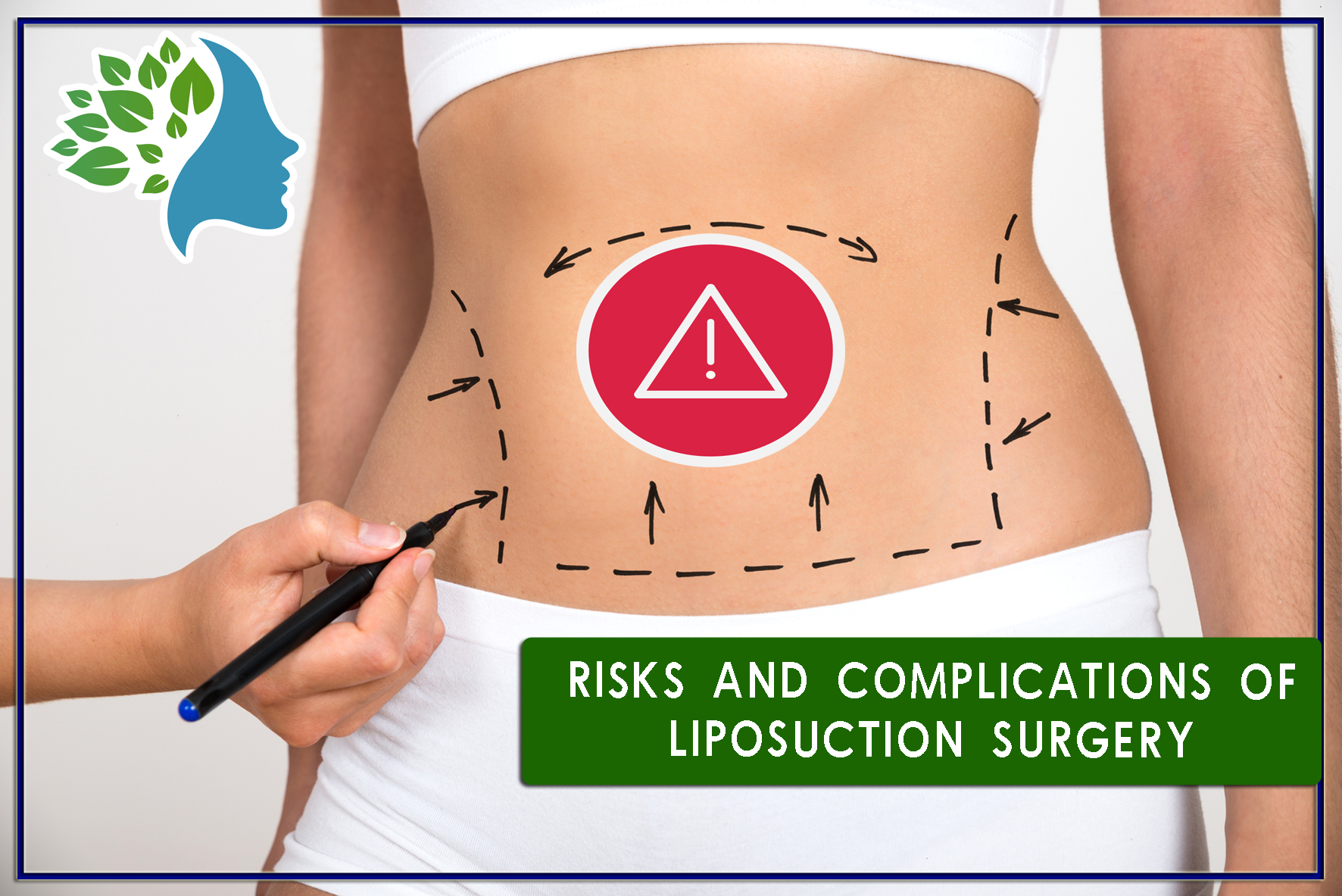What to Expect After Rhinoplasty Surgery?
Rhinoplasty, commonly referred to as a nose job, is a transformative procedure that enhances the appearance or function of the nose. Whether your goal is aesthetic improvement, better breathing, or both, understanding the recovery process is crucial for optimal results. Here's a comprehensive guide on what to expect after rhinoplasty surgery.
1. Immediate Post-Surgery Period
Day of Surgery:
- After surgery, you’ll wake up with a nasal splint or bandage on your nose, designed to protect and support the structure during the healing phase.
- Some patients experience grogginess or nausea from anesthesia, which usually resolves within a few hours.
Pain and Discomfort:
- Mild to moderate discomfort, including swelling, bruising, and nasal congestion, is common. These symptoms are manageable with prescribed pain medications and cold compresses.
2. First Week Post-Surgery
Swelling and Bruising:
- Bruising around the eyes and cheeks is typical, peaking within 48–72 hours. This gradually subsides over the first week.
- Swelling is more prominent on the first few days but will start to decrease.
Nasal Congestion:
- Stuffy or blocked nostrils are expected due to internal swelling and dried blood. Avoid blowing your nose during this time to prevent complications.
Splint Removal:
- Your surgeon will likely remove the nasal splint and external sutures within 7–10 days. This is a significant milestone, as you’ll get your first glimpse of your reshaped nose (though initial swelling may obscure the final result).
3. Weeks 2–4
Improved Appearance:
- Most of the bruising will fade, and swelling will significantly reduce. You may feel comfortable returning to work or social activities, depending on your occupation.
Resuming Activities:
- Light activities can usually be resumed after two weeks, but strenuous exercise and heavy lifting should still be avoided.
4. Months 1–6
Nasal Changes:
- While swelling subsides rapidly in the first few weeks, some minor swelling, especially at the tip of the nose, can persist for several months.
- Subtle refinements will continue as the nose adjusts to its new structure.
Scar Healing:
- If an external incision (open rhinoplasty) was made, the scar will become less noticeable over time and may fade entirely within six months to a year.
5. Long-Term Results (6–12 Months)
- By the one-year mark, swelling will fully subside, and you’ll see the final outcome of your rhinoplasty.
- Your nose will feel natural and function normally as it completes the healing process.
Tips for a Smooth Recovery
- Follow Your Surgeon’s Instructions: Adhere to post-operative care guidelines for cleaning and medication.
- Elevate Your Head: Keep your head elevated while sleeping to reduce swelling.
- Avoid Trauma: Protect your nose from bumps or pressure, including wearing glasses.
- Be Patient: Healing takes time, and the final results will be worth the wait.
When to Call Your Surgeon
Contact your surgeon immediately if you experience any of the following:
- Severe pain that doesn’t improve with medication
- Excessive bleeding
- Fever or signs of infection (redness, warmth, or discharge)
Conclusion
Rhinoplasty is a journey that requires patience and dedication to the recovery process. By understanding what to expect and taking proper care, you can enjoy the benefits of your enhanced nose for years to come. Always consult your surgeon for personalized advice and support during your healing phase.
 free consultation
free consultation









